Filter books by:
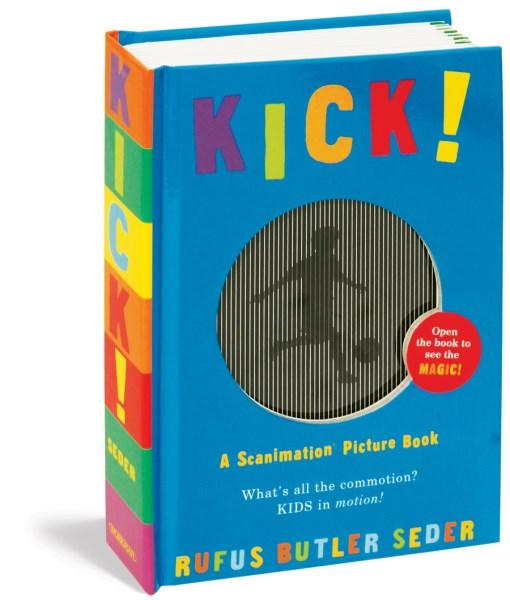
Kick! A Scanimation Picture Book
Strand
Measurement
Australian Curriculum Year Level
Year 5, Year 6, Year 7, Year 2, Year 3, Year 8, Year 4, Foundation Year, Year 1, Year 9, Year 10
Visualisation
Maths Concepts
Australian Curriculum: Description
Now introducing “Kick!”, which does for kids what “Gallop!” does for animals – one child rides a bike, another kicks a football, a swimmer cuts through the water, and a skater pirouettes on ice. The effect is joyous, magical, mesmerizing, and perhaps even more compelling than “Gallop!” Because of the endless fascination that children find in watching other children. The second book created by Rufus Butler Seder, the inventor, artist, and filmmaker who developed Scanimation out of his obsession with antique optical toys and other pre-motion-picture illusions, “Kick!” uses ‘persistence of vision’ and a patented state-of-the-art multiphase animation process to create astonishment. There is nothing else like this unique, patented technology that literally inspires wonder.The images burst with activity, and adding greatly is a happy, rhyming text that captures in words, the pure energy of the figures in motion. You can’t put it down.
Teaching ideas
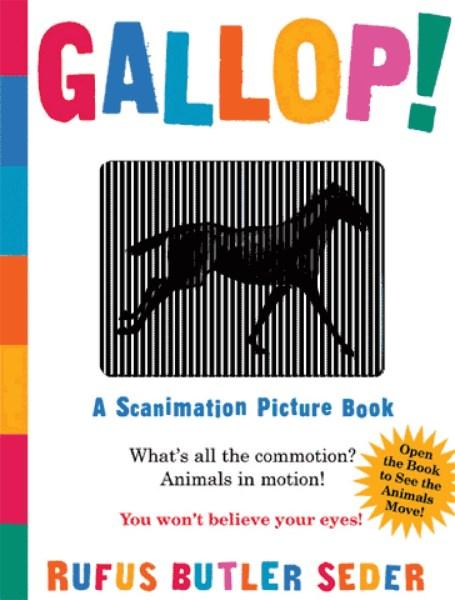
Gallop! A Scanimation Picture Book
Strand
Measurement
Australian Curriculum Year Level
Year 5, Year 6, Year 7, Year 2, Year 3, Year 8, Year 4, Foundation Year, Year 1, Year 9
Visualisation
Maths Concepts
Australian Curriculum: Description
A first book of motion for kids, it shows a horse in full gallop and a turtle swimming up the page. A dog runs, a cat springs, an eagle soars, and a butterfly flutters. Created by Rufus Butler Seder, an inventor, artist, and filmmaker fascinated by antique optical toys, Scanimation is a state-of-the-art six-phase animation process that combines the “persistence of vision” principle with a striped acetate overlay to give the illusion of movement. It harkens back to the old magical days of the kinetoscope, and the effect is astonishing, like a Muybridge photo series springing into action—or, in terms kids can relate to, like a video without a screen. Complementing the art is a delightful rhyming text full of simple questions and fun, nonsense replies: Can you gallop like a horse? giddyup-a-loo! Can you strut like a rooster? cock-a-doodle-doo!
Teaching ideas
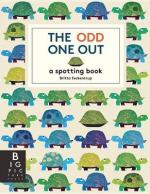
The Odd One Out: Spotting Postcards
Australian Curriculum Year Level
Year 2, Year 3, Year 4, Foundation Year, Year 1
Maths Concepts
Australian Curriculum: Description
“Foundation Year – Sort, describe and name familiar two-dimensional shapes and three-dimensional objects in the environment (ACMMG009)
Describe position and movement (ACMMG010)
Year 1 – Recognise and classify familiar two-dimensional shapes and three-dimensional objects using obvious features (ACMMG022)
Choose simple questions and gather responses and make simple inferences (ACMSP262)
Year 2 – Investigate the effect of one-step slides and flips with and without digital technologies (ACMMG045)
Year 3 – Identify symmetry in the environment (ACMMG066)
Year 4 – dentify symmetry in the environment (ACMMG066)
”
Teaching ideas
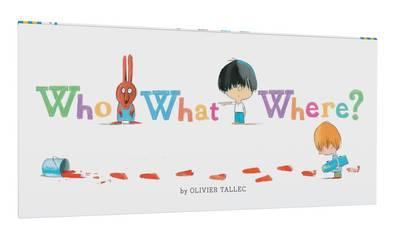
Who What Where?
Australian Curriculum Year Level
Year 2, Year 3, Year 4, Foundation Year, Year 1
Maths Concepts
Australian Curriculum: Description
Foundation Year – Sort, describe and name familiar two-dimensional shapes and three-dimensional objects in the environment (ACMMG009)
Describe position and movement (ACMMG010)
Year 1 – Recognise and classify familiar two-dimensional shapes and three-dimensional objects using obvious features (ACMMG022)
Choose simple questions and gather responses and make simple inferences (ACMSP262)
Year 2 – Investigate the effect of one-step slides and flips with and without digital technologies (ACMMG045)
Year 3 – Identify symmetry in the environment (ACMMG066)
Year 4 – dentify symmetry in the environment (ACMMG066)
Teaching ideas
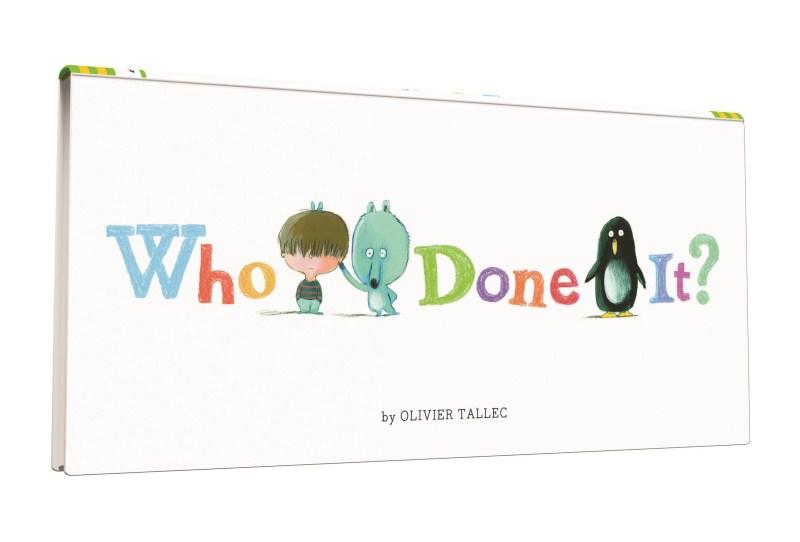
Who Done It?
Australian Curriculum Year Level
Year 2, Year 3, Year 4, Foundation Year, Year 1
Maths Concepts
Australian Curriculum: Description
Foundation Year – Sort, describe and name familiar two-dimensional shapes and three-dimensional objects in the environment (ACMMG009)
Describe position and movement (ACMMG010)
Year 1 – Recognise and classify familiar two-dimensional shapes and three-dimensional objects using obvious features (ACMMG022)
Choose simple questions and gather responses and make simple inferences (ACMSP262)
Year 2 – Investigate the effect of one-step slides and flips with and without digital technologies (ACMMG045)
Year 3 – Identify symmetry in the environment (ACMMG066)
Year 4 – dentify symmetry in the environment (ACMMG066)
Teaching ideas
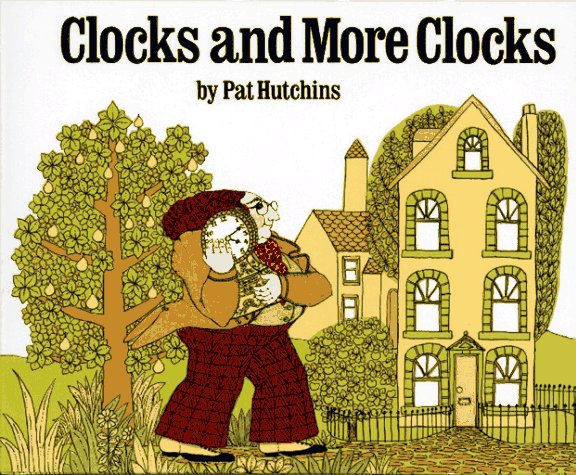
Clocks and More Clocks
Strand
Measurement
Maths Concepts
Australian Curriculum: Description
“When the hall clock reads twenty minutes past four, the attick clock reads twenty-three minutes past four, the kitchen clock reads twenty-five minutes past four, and the bedroom clock reads twenty-six minutes past four, what should Mr. Higgins do? He can’t tell whichc of his clocks tells the right time. He is in for a real surprise when the Clockmaker shows him that they are all correct!”
Teaching ideas
Why have Mr. Higgins clocks been right since he bought a watch?
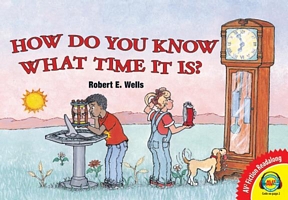
How do you know what time it is?
Strand
Measurement
Benchmarking
Maths Concepts
Australian Curriculum: Description
This book tells the story of time. From the earliest ‘clocks’ devised by Egyptians to moon cycles, solar calendars, Roman calendars, tme zones and time travel.
Teaching ideas
Used for a unit starter. Many fertile questions can be derived from this book. Test the accuracy of the ancient Egyptian 'stick-clock' system.
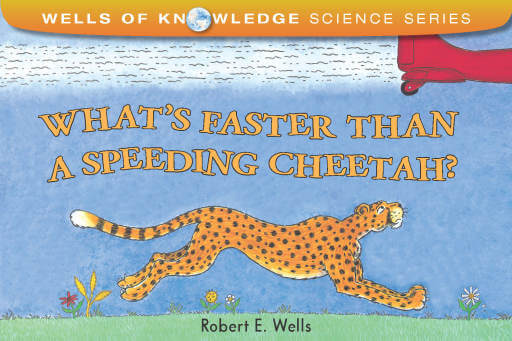
What’s faster than a speeding Cheetah?
Strand
Measurement
Australian Curriculum Year Level
Year 8, Foundation Year, Year 1
Benchmarking
Maths Concepts
Australian Curriculum: Description
This book explores the concept of speed. Different animals, objects and concepts are benchmarked against one another to develop an understanding of speed.
Teaching ideas
Used for a unit starter. Many fertile questions can be derived from this book, e.g. what's faster than a speeding cheetah? Junior secondary could use this book to explore converting abstract units MPR to km/h
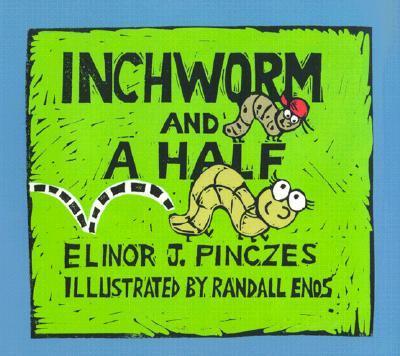
Inchworm and a Half
Strand
Measurement
Australian Curriculum Year Level
Foundation Year, Year 1
Benchmarking
Maths Concepts
Australian Curriculum: Description
Use direct and indirect comparisons to decide which is longer, heavier or holds more, and explain reasoning in everyday language (ACMMG006); Measure and compare the lengths and capacities of pairs of objects using uniform informal units (ACMMG019)
